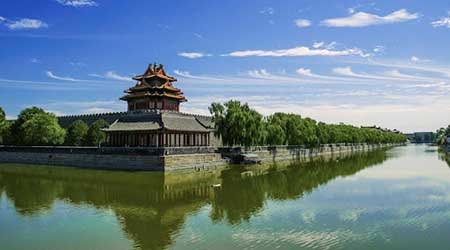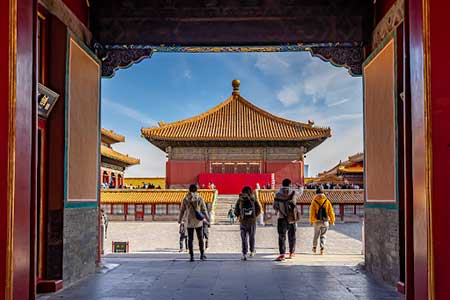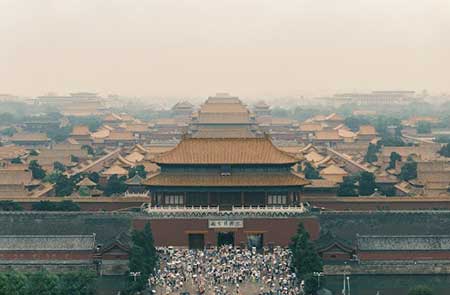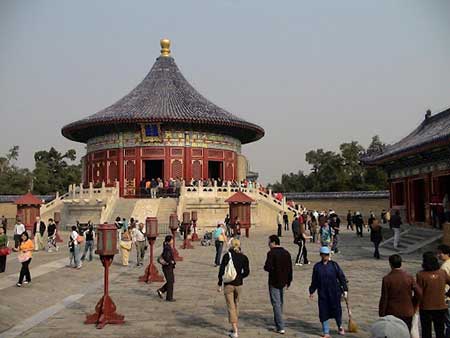 Located in the center of Beijing, China, The Forbidden City is one of the last vestiges of China’s imperial past. It is a massive complex that was the political and ceremonial center for China’s emperors for almost half a millennia during the Ming and Qing dynasties.
Located in the center of Beijing, China, The Forbidden City is one of the last vestiges of China’s imperial past. It is a massive complex that was the political and ceremonial center for China’s emperors for almost half a millennia during the Ming and Qing dynasties.
Here we will explore this fascinating Chinese landmark.
History of the Forbidden City
The construction of the city began in 1406, and was completed by 1420 during the rule of the Ming Dynasty and Yongle Emperor. It would see the rule of 24 different emperors until the resignation of Qing emperor Puyi in 1912. The impressive sprawl of the city still has nearly a thousand buildings spanning 180 acres. The buildings are intricately crafted and you can visit them today.

Cultural Significance and Symbolism
Every part of the Forbidden City was constructed with deep thought and cultural relevance. “Feng Shui”, also sometimes known as “Chinese Geomancy” is the belief that the elements of landscapes and bodies of water channel through buildings. As such every building in the Forbidden City and even sometimes colors are purposefully and thoughtfully placed.
The color yellow is often seen dominating the rooftops representing the emperor of the time. Many walls are often painted red which represents good luck and fortune. The same is considered of the number 9 which is repeatedly represented by the 9 rows of nails on the palace doors and the 9 by 9 grid of the main halls.
The Forbidden City houses many cultural treasures including the “Palace Museum”, which has a very extensive array of paintings, sculptures, pottery, and jade. Even the wood pillars have meticulously engraved dragons and murals.

Structure of the City
The architectural layout of the Forbidden City is a longstanding symbol of Chinese palatial architecture. It is aligned on a north-south axis, with the most important structures placed along the center. The city is divided into two primary sections: the Outer Court and the Inner Court.
Outer Court of the Forbidden City
The Outer Court was used for ceremonial purposes and state affairs. Key buildings include the Hall of Supreme Harmony, where the emperor held court and important ceremonies; the Hall of Central Harmony, a resting place for the emperor before ceremonies; and the Hall of Preserving Harmony, used for banquets and examinations.
Inner Court of the Forbidden City
The Inner Court served as the living quarters for the emperor and his family. It includes the Palace of Heavenly Purity, the emperor’s residence; the Hall of Union, where the imperial seals were stored; and the Palace of Earthly Tranquility, the empress’s residence. The Inner Court also contains the Imperial Garden, a serene space filled with ancient trees, sculptures, and pavilions.

The Forbidden City Today
The Forbidden City is a key tourist attraction and is also a UNESCO World Heritage Site. Millions of people come to see the site every year. Great care is taken to preserve, restore, and maintain the Forbidden City to save it for future generations.
In recent years, the Forbidden City has also embraced modern technology, with virtual tours and digital exhibitions making it accessible to a global audience. This blend of ancient history and modern innovation ensures that the legacy of the Forbidden City continues to inspire and educate people around the world.
The Forbidden City remains a symbol of China’s imperial past. It offers an unforgettable journey into the heart of China’s historical splendor. For more information on China’s culture or manufacturing.
